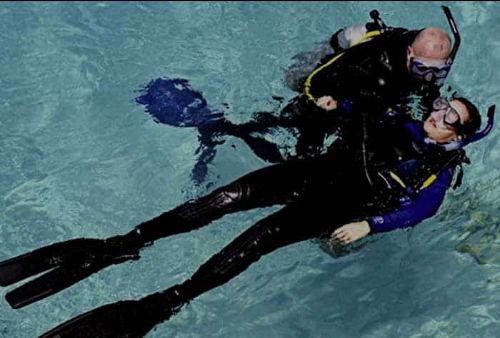Ear Pain After Scuba Diving: Causes, Treatment, and Prevention
What causes ear pain after scuba diving. How to treat ear barotrauma from diving. When to seek medical attention for diving-related ear pain. How to prevent ear injuries while scuba diving.
Understanding Ear Barotrauma in Scuba Diving
Ear barotrauma is a common condition experienced by scuba divers, resulting from pressure changes affecting the ear. This painful condition can significantly impact a diver’s experience and, in severe cases, lead to long-term complications. Let’s explore the intricacies of ear barotrauma, its causes, symptoms, and how to manage it effectively.
What is Ear Barotrauma?
Ear barotrauma occurs when there’s a pressure imbalance between the middle ear and the surrounding environment. In scuba diving, this imbalance is caused by the rapid changes in water pressure as divers descend or ascend. The middle ear, connected to the back of the throat by the Eustachian tube, needs to equalize this pressure to prevent discomfort and potential injury.

Why Does Ear Barotrauma Happen During Diving?
During a dive, the surrounding water pressure increases as you descend. If the pressure in your middle ear doesn’t equalize with the external pressure, it can cause the eardrum to bulge inward, leading to pain and potential damage. This is why proper equalization techniques are crucial for every diver.
Recognizing the Symptoms of Diving-Related Ear Barotrauma
Identifying the symptoms of ear barotrauma early can help prevent more severe complications. Divers should be aware of the following signs:
- A feeling of fullness or pressure in the ear
- Mild to severe ear pain
- Muffled hearing or hearing loss
- Dizziness or vertigo
- Tinnitus (ringing in the ears)
In more severe cases, divers might experience:
- Fluid drainage from the ear
- Bleeding from the ear
- Severe pain that persists after surfacing
- Significant hearing loss
Can Ear Barotrauma Occur After Diving?
Yes, symptoms of ear barotrauma can manifest or worsen after a dive. This is often referred to as “reverse squeeze” and occurs when divers have difficulty equalizing during ascent. It’s crucial to monitor your ears for any discomfort or changes in hearing even after you’ve left the water.

Treating Ear Pain After Scuba Diving
The treatment for ear barotrauma depends on its severity. For mild cases, the following remedies may provide relief:
- Yawning or swallowing to help open the Eustachian tubes
- Using over-the-counter pain relievers like ibuprofen or acetaminophen
- Applying a warm compress to the affected ear
- Using nasal decongestants to help open the Eustachian tubes (but only for a short period as advised by a doctor)
When Should You See a Doctor for Diving-Related Ear Pain?
While many cases of ear barotrauma resolve on their own, there are instances where medical attention is necessary. Seek medical help if:
- Pain is severe or persists for more than a few hours after diving
- You experience significant hearing loss
- There’s fluid or blood draining from your ear
- You have severe dizziness or vertigo
- You develop a fever, which could indicate an infection
Medical Treatments for Severe Ear Barotrauma
In cases of severe ear barotrauma, a doctor may recommend more intensive treatments:

Medications
Doctors might prescribe stronger pain medications or antibiotics if there’s a risk of infection. In some cases, oral or nasal corticosteroids may be used to reduce inflammation.
Tympanoplasty
For cases involving a ruptured eardrum that doesn’t heal on its own, a surgical procedure called tympanoplasty may be necessary. This involves repairing the eardrum using a graft.
Myringotomy
In rare cases where fluid buildup in the middle ear doesn’t resolve, a minor surgical procedure called myringotomy might be performed. This involves making a small incision in the eardrum to drain the fluid.
Preventing Ear Barotrauma While Scuba Diving
Prevention is always better than cure, especially when it comes to ear barotrauma. Here are some effective strategies to minimize your risk:
Proper Equalization Techniques
Learning and practicing proper equalization techniques is crucial. The most common methods include:
- Valsalva Maneuver: Gently blowing out against pinched nostrils
- Toynbee Maneuver: Swallowing while pinching your nose
- Frenzel Maneuver: Pressing the tongue against the soft palate while tensing throat muscles
Slow and Steady Descent
Descend slowly, giving yourself plenty of time to equalize. A good rule of thumb is to equalize every few feet or whenever you feel the slightest pressure in your ears.

Pre-Dive Preparation
Avoid diving if you have a cold, allergies, or any condition that might block your Eustachian tubes. Using a nasal decongestant before diving can help, but consult with a doctor first.
Long-Term Effects of Repeated Ear Barotrauma
Frequent episodes of ear barotrauma can lead to long-term complications. These may include:
- Chronic tinnitus
- Persistent hearing loss
- Increased susceptibility to ear infections
- Development of cholesteatoma (abnormal skin growth in the middle ear)
It’s crucial for divers who experience recurrent ear problems to consult with an ENT (Ear, Nose, and Throat) specialist who understands diving medicine.
Equalizing Techniques for Scuba Divers
Mastering equalization techniques is essential for preventing ear barotrauma. Let’s delve deeper into some advanced methods:
Voluntary Tubal Opening
This technique involves learning to voluntarily open your Eustachian tubes. It requires practice but can be very effective once mastered.
Edmonds Technique
This combines the Valsalva maneuver with jaw movement and swallowing, which can be particularly effective for some divers.

Lowry Technique
This method involves pinching your nose, blowing gently, and swallowing simultaneously.
Remember, different techniques work better for different people. It’s important to find the method that works best for you and practice it regularly.
Diving with Ear Conditions: Precautions and Considerations
Some divers may have pre-existing ear conditions that require special consideration:
Diving with Perforated Eardrum
Generally, diving with a perforated eardrum is not recommended. However, some divers use special earplugs designed for this condition. Always consult with a diving medicine specialist before considering this option.
Diving After Ear Surgery
If you’ve had ear surgery, it’s crucial to get clearance from your surgeon and a diving medicine specialist before returning to diving. The time frame for safe diving post-surgery can vary significantly depending on the procedure.
Diving with Eustachian Tube Dysfunction
Divers with chronic Eustachian tube dysfunction may need to take extra precautions or consider alternative equalization techniques. In some cases, medical intervention may be necessary before diving can be safely resumed.

Ear Care for Frequent Divers
Regular divers should pay special attention to their ear health. Here are some tips for maintaining healthy ears:
- Regular ear check-ups with an ENT specialist
- Proper ear cleaning techniques (avoid using cotton swabs)
- Use of ear drops designed for swimmers to prevent infections
- Staying hydrated to help maintain good Eustachian tube function
- Avoiding diving when congested or experiencing allergies
By following these guidelines and being attentive to your ear health, you can significantly reduce your risk of ear barotrauma and enjoy safer, more comfortable dives.
Advanced Diving Techniques and Ear Equalization
As divers progress to more advanced levels, they may encounter situations that require special attention to ear equalization:
Technical Diving and Ear Equalization
Technical diving often involves greater depths and longer bottom times, which can put additional stress on the ears. Technical divers need to be particularly vigilant about equalization and may need to adjust their techniques for extended decompression stops.
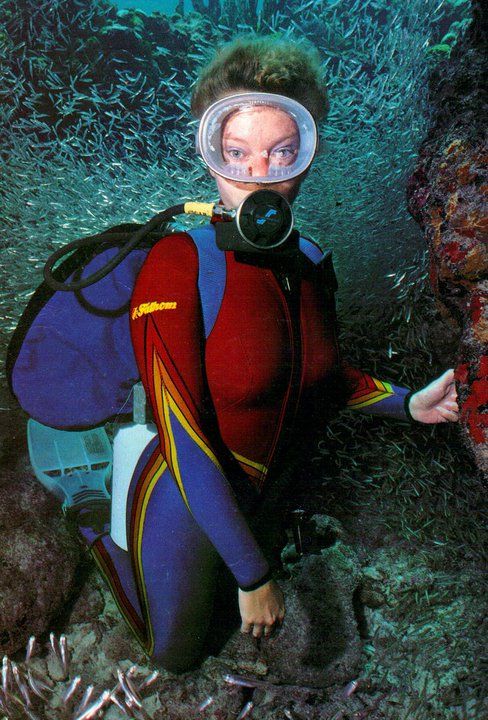
Reverse Block
A reverse block occurs when expanding air becomes trapped in the middle ear during ascent. This can be just as painful and potentially damaging as a standard ear block. Divers should be aware of this possibility and know how to manage it, which often involves descending slightly and attempting to equalize before continuing the ascent.
Equalization in Overhead Environments
Cave and wreck diving present unique challenges for ear equalization. The inability to ascend quickly in case of equalization problems means divers in these environments must be extra cautious and proficient in their equalization techniques.
Understanding these advanced concepts can help experienced divers manage their ear health more effectively in challenging diving situations.
Innovations in Diving Equipment for Ear Protection
The diving industry continues to innovate, developing new technologies to help protect divers’ ears. Some recent advancements include:
Vented Masks
Some masks now come with built-in valves that allow divers to equalize their mask airspace without using their hands. This can be particularly helpful for photographers or those using full-face masks.

Equalization Aids
Various devices have been developed to assist with equalization, including nozzles that fit into the nose and allow for hands-free equalization. While these can be helpful, it’s important to use them under proper guidance and not become overly reliant on them.
Specialized Ear Plugs
Custom-molded ear plugs designed specifically for diving can help protect the ears while still allowing for equalization. These can be particularly useful for divers prone to ear infections or those with a history of ear problems.
While these innovations can be helpful, they should be used in conjunction with proper equalization techniques and not as a substitute for them.
The Role of Dive Planning in Ear Health
Proper dive planning plays a crucial role in preventing ear barotrauma. Consider the following aspects when planning your dives:
Descent Rate
Plan your descents to be slow and controlled, allowing ample time for equalization. A common recommendation is to descend no faster than 1 foot per second, but some divers may need to go even slower.
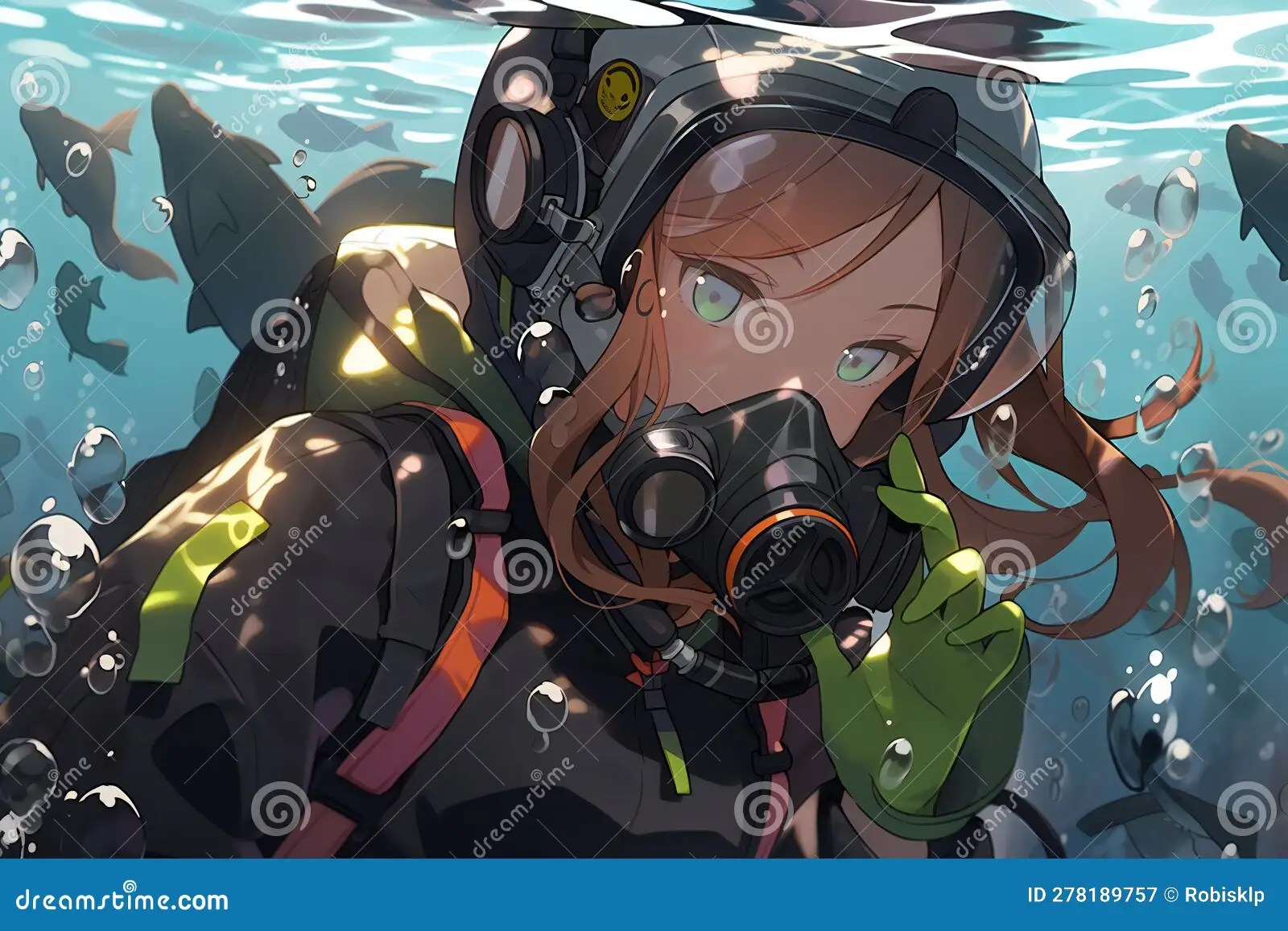
Dive Profiles
Consider how your planned dive profile might affect equalization. Multiple descents and ascents, such as in a multi-level dive, require more frequent equalization and can increase the risk of ear problems.
Surface Intervals
Adequate surface intervals between dives allow time for any minor ear issues to resolve and for your body to normalize. This is particularly important if you’ve experienced any difficulty equalizing on a previous dive.
Environmental Factors
Be aware of how environmental factors like water temperature and current can affect your diving and potentially impact ear equalization. Cold water, for instance, can increase mucus production and make equalization more challenging.
By incorporating ear health considerations into your dive planning, you can create safer, more enjoyable diving experiences.
Causes, treatment, and recovery time
Ear barotrauma refers to ear pain caused by a change in pressure around the ear. It can cause discomfort or pain as well as difficulty hearing.
Ear barotrauma usually clears up by itself, but some people may need to talk to a doctor, and in very severe cases, have corrective surgery.
It is important that people understand what ear barotrauma is so that they can seek medical attention if necessary. Read on for an overview of the causes, symptoms, and treatment of this condition.
Ear barotrauma is a condition that causes a person to feel pain or discomfort in the middle of their ear due to pressure changes in the surrounding air or water.
Scuba diving can often cause ear barotrauma, and it is also common during an airplane take-off or landing. Certain infections and blockages can cause ear barotrauma too.
The condition can be acute or chronic. Acute cases are common and generally harmless. However, a person with chronic ear barotrauma will experience prolonged symptoms, which may lead to further complications.
A blockage of the eustachian tube, which connects the ear and mouth, is a common cause of ear barotrauma.
The eustachian tube is responsible for maintaining balance when there are external changes in pressure. If a blockage occurs in the tube, the pressure differences inside and outside the middle ear can cause the symptoms of ear barotrauma.
The change in altitude when taking off or landing in an airplane can also cause ear barotrauma. The rapid ascent and descent of the plane combined with the pressurized cabins can cause an imbalance in pressure between the middle ear and outer ear. Altitude changes that occur when going quickly up or down a mountain can have similar effects.
It is also common for people to experience ear barotrauma while scuba diving, as changes in water pressure affect the tympanic cavity in the ear. When diving, it is crucial to descend slowly to prevent rapid changes in pressure causing injury to the ear.
Share on PinterestScuba diving may cause ear barotrauma.
The symptoms of ear barotrauma differ according to how severe and prolonged it is. Initially, a person may only feel an uncomfortable pressure inside the ear, but sometimes the condition can progress and worsen.
When air pressure changes are responsible for ear barotrauma, it often goes away as soon as the air pressure outside has normalized, and should not cause any further symptoms.
However, people may experience additional symptoms when ear barotrauma results from illness or a blockage in the middle ear.
Doctors classify ear barotrauma as either acute or chronic. Acute cases are quite common and are generally harmless. Chronic cases occur for an extended period and have the potential to cause further complications.
In mild cases, or when ear barotrauma first starts, a person may experience:
- difficulty hearing or mild hearing loss
- dizziness
- a feeling of fullness in the ear
- overall discomfort in the ear
In moderate to severe cases, or if ear barotrauma persists without treatment, a person may experience additional or worsening symptoms. These may include:
These may include:
- injury to the eardrum
- fluid leakage or bleeding from the ear
- increased pain in the ear
- pressure sensation in the ear, similar to how it feels being underwater
- moderate to severe hearing loss
People with these symptoms may need to seek treatment to get symptom relief.
Mild cases of ear barotrauma cause symptoms that typically only last for a few minutes before clearing on their own.
In severe cases, a person may need treatment to resolve an underlying cause. The recovery time will depend on the severity of the underlying cause.
Ear barotrauma can sometimes lead to a ruptured eardrum, also called tympanic membrane perforation. If this happens, it may take several months for the ear to heal completely. A ruptured eardrum often heals spontaneously, but, if this is not the case, it is possible to repair the eardrum with surgery.
In most cases, the symptoms will clear up before a person can see their doctor. However, if the pain is severe or constantly recurring, or there is fluid leakage or bleeding from the ear, a person should see their doctor.
However, if the pain is severe or constantly recurring, or there is fluid leakage or bleeding from the ear, a person should see their doctor.
The doctor will ask when the symptoms occurred to see if they relate to air or water pressure changes. They will then check for ear infections and examine the eardrum and the inside of the external ear canal to look for signs of ear barotrauma.
If the eardrum appears to be pushed in or out, this can indicate ear barotrauma. The doctor can check this by applying a small burst of air into the ear to look for fluid buildup or blood behind the eardrum. In some cases, there is no physical evidence of ear barotrauma.
Following the examination, the doctor will discuss the most appropriate treatment options and next steps.
Share on PinterestChewing gum may help to relieve the symptoms of ear barotrauma.
Most cases of ear barotrauma will resolve after a short period without the need for medical intervention.
However, it should be possible to relieve the symptoms of mild ear barotrauma by using certain techniques to help open the eustachian tube.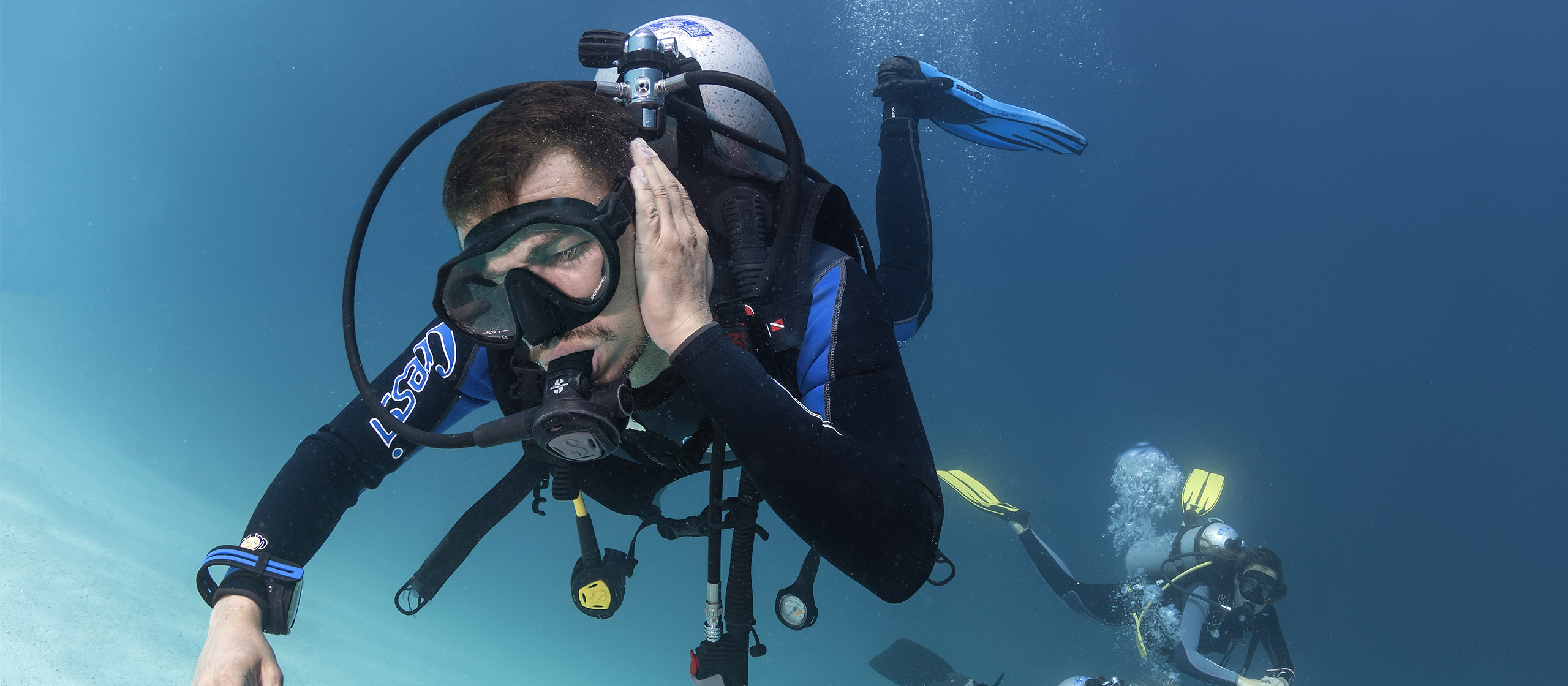 This allows air to enter or leave the middle ear to equalize the pressure. These techniques include:
This allows air to enter or leave the middle ear to equalize the pressure. These techniques include:
- Chewing gum, sucking on a lozenge, swallowing, or yawning. Using the mouth helps to open up the eustachian tube.
- Taking an over-the-counter (OTC) nasal decongestant, antihistamine, or both. If a person has upper respiratory congestion or an allergy, this may help the eustachian tube to stay open.
- Stopping a diving descent at the first sign of ear discomfort to allow time for equalizing.
People should avoid putting drops in the ear.
It is essential to keep the ear clean and away from contamination to prevent any infection while it is healing. If an infection is present, a doctor may prescribe antibiotic therapy.
In cases of chronic or severe ear barotrauma, a doctor may decide that surgery is necessary. Using a particular surgical procedure, it is possible to implant small cylinders called ear tubes into the ear. These can relieve middle ear problems.
The use of ear tube placement surgery is common in children who have hearing loss due to recurrent infections or ongoing fluid collection in the middle ear. However, surgeons rarely use this procedure to treat ear barotrauma.
A person can reduce their risk of experiencing ear barotrauma by taking a decongestant, an antihistamine, or both before activities where pressure changes are common. These include scuba diving, hiking, and flying in an airplane.
They can also preempt the symptoms and use the same techniques that can relieve early symptoms. These include:
- descending slowly on dives
- exhaling through the nose while ascending
- chewing, yawning, sucking on a lozenge, or swallowing
- staying awake during take-off and landing in an airplane
Most cases of ear barotrauma are benign and will resolve without medical treatment. A person should consider seeking medical attention if additional symptoms accompany the sensation, it lasts for a long time, or it occurs frequently.
Following treatment, a person should not experience further complications and can expect a full recovery.
Sharp pain in the ear: Causes, symptoms, and treatments
Causes of sharp pain in the ear include pressure changes and infections. Often, they are not harmful, but some may need medical treatment.
The medical name for ear pain is “otalgia.” If the pain comes from within the ear, doctors call it primary otalgia. If it originates outside the ear, the term is secondary otalgia.
Below, we describe the many possible causes and their accompanying symptoms. We also outline ways to treat and prevent ear pain.
Share on PinterestSharp ear pain often results from pressure changes or infections.
Below are some causes of a sharp pain in the ear. The pain may result from one or a combination of these factors.
Each ear contains a narrow tube called a eustachian tube. It helps regulate the pressure inside the ear so that it matches the air pressure outside, enabling the eardrum to function properly.
Sometimes there is an imbalance in pressure, which may result from a blocked eustachian tube or a change in air pressure or altitude.
External pressure changes can cause a type of temporary ear damage called ear barotrauma. The symptoms can include:
- a feeling of pressure within the ear
- a sharp or dull pain in the ear
- hearing loss
- dizziness
Sinus infections
A sharp pain in the ear can sometimes result from an infection in the sinuses — a network of air-filled cavities in the skull.
There are three major types of sinus infection. They are:
- otitis, infection and inflammation of the ear, and the most common type of sinus infection
- mastoiditis, infection of the mastoid bone behind the ear
- sinusitis, inflammation of one or more paranasal sinuses, which are responsible for producing nasal mucus.
Sinus infections may be viral or bacterial.
Otitis
This, an infection in the inner or the outer ear, is one of the most common causes of ear pain.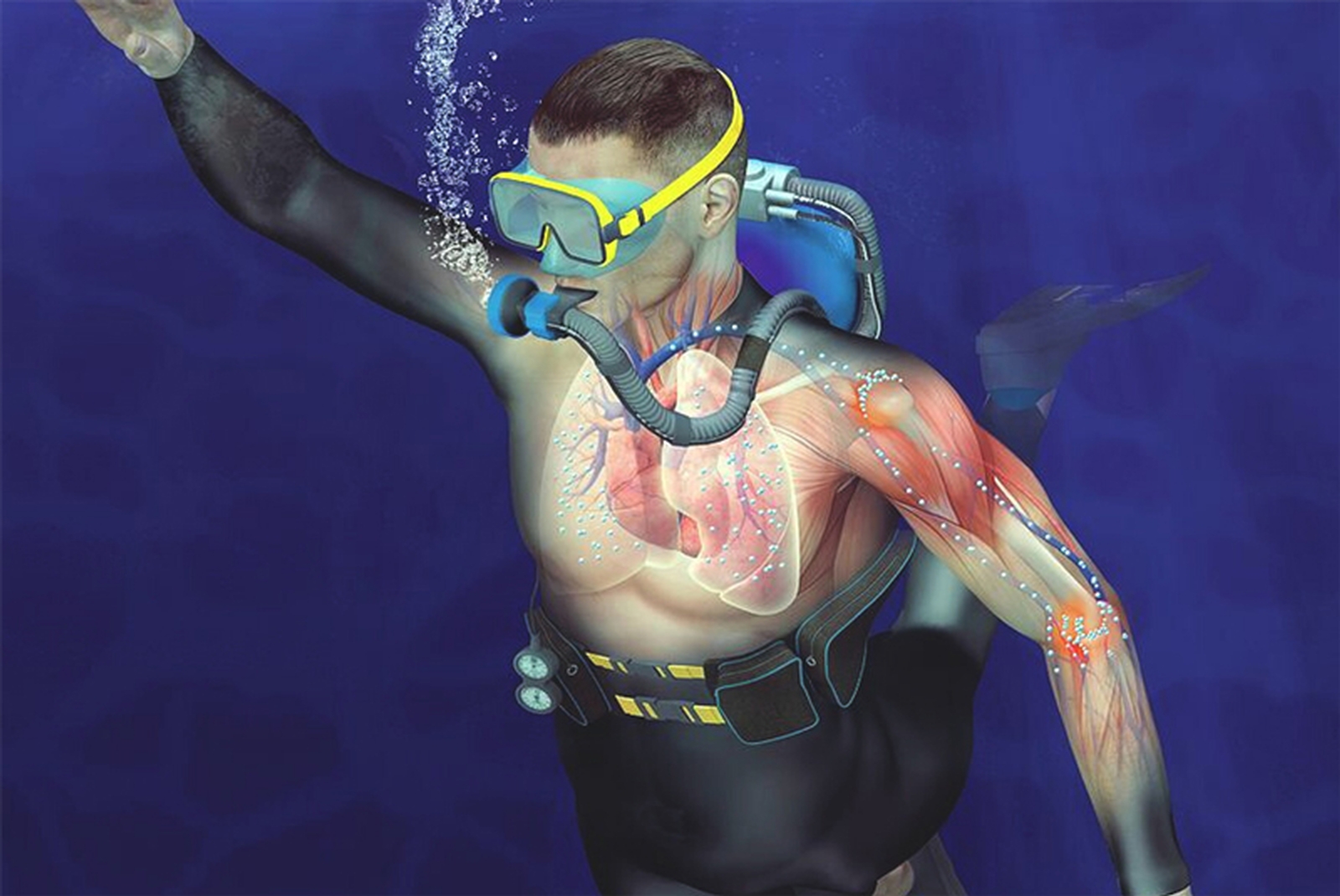
An infection of the inner ear affects the eustachian tube, which connects the middle ear to the back of the nasal cavity and the upper throat. This usually has a viral cause and is most common among children.
An infection of the outer ear affects the ear canal, the tube that connects the outer ear and eardrum. The infection usually involves direct irritation of the ear canal, such as from water or objects such as Q-tips. It is most common in adults.
Besides sharp pain, some possible symptoms of an ear infection include:
- difficulty hearing
- a feeling of pressure or fullness in the ear
- discharge from the ear
- itchiness or irritation in and around the ear
- a fever
- low energy
Temporomandibular disorder
Temporomandibular disorder (TMD) is a musculoskeletal condition that primarily affects the joints that connect the jawbone to the skull.
People with TMD may experience sharp or dull jaw pain that radiates to the ears and temples.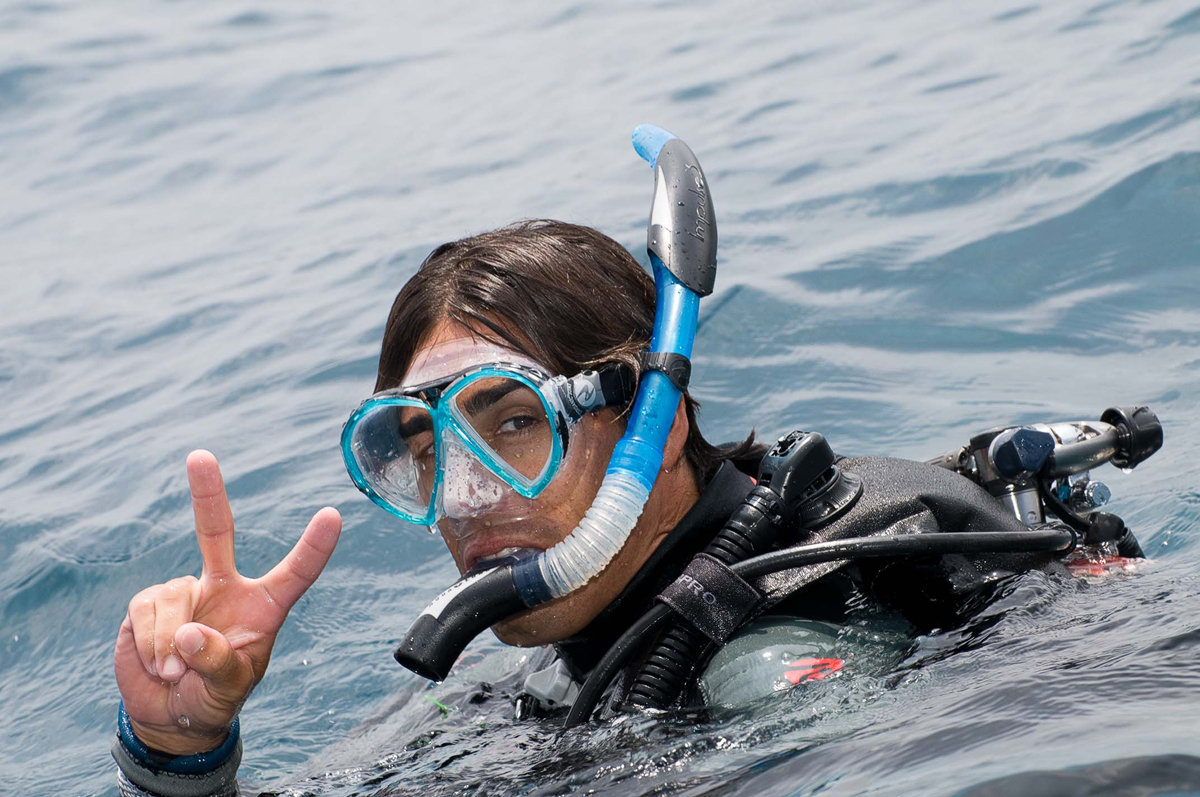
Other possible symptoms of TMD include:
- clicking, popping, or grinding noises when moving the jaw
- difficulty opening the mouth fully
- the jaw locking when when opening the mouth
TMD is not usually serious and tends to get better on its own.
A foreign object in the ear
A foreign object may become stuck in the ear canal. Children, for example, prone to inserting objects into their ears out of curiosity.
A foreign object lodged in the ear can cause:
- sharp or dull pain
- drainage from the ear
- hearing loss
- an infection
A person attempting to remove the object at home could inadvertently push it farther into the ear canal. Instead, see a healthcare provider, who uses specially developed tools and procedures to remove these objects.
Depending on the cause of the ear pain, a person may also experience:
- a loss of hearing
- tinnitus, which involves perceiving noises that come from inside the ear
- a loss of balance
- vertigo
- facial nerve paralysis
A person may only experience sharp ear pain in certain situations, such as when yawning or swallowing. These motions open the eustachian tubes, changing the pressure within the ear.
These motions open the eustachian tubes, changing the pressure within the ear.
Over-the-counter pain relief medication, such as acetaminophen (Tylenol) and ibuprofen (Advil) may help in the short term.
Otherwise, the best course of action depends on the cause and severity of the pain.
Recovery from an ear infection is usually spontaneous, so treatment is not always necessary. However, a doctor may prescribe antibiotics if the infection is bacterial.
A doctor will work to establish the cause of TMD, and they may then recommend one or more of the following:
- a prescription for stronger pain medication
- a referral to a dentist, if an issue such as teeth grinding or an incorrect bite is responsible
- a referral to a psychologist, if stress and anxiety are contributing
Over-the-counter pain relief medication can help ease minor to moderate ear pain and discomfort.
Also, holding a warm or cool compress against their ear may help alleviate the pain.
Some people use Q-tips to try to remove earwax, but this can actually push the wax back into the ear canal, causing problems. Anyone concerned about earwax buildups should see a doctor.
Ear infections are often responsible for a sharp pain in the ears, and these infections can be tricky to prevent. However, it can help to:
- not probe the ears with Q-tips or fingers
- prevent water and shampoo from entering the ears when showering or bathing
- use earplugs or a swimming cap when swimming
- treat eczema and other skin conditions
- treat any allergies to materials in hearing aids, if a person wears them
- avoid smoking and smoky environments
To prevent ear pain caused by changes in external pressure or altitude, try:
- yawning
- swallowing
- chewing gum
- sucking on hard candy
- blowing gently through pinched nostrils and swallowing
These can help open up the eustachian tubes, equalizing the pressure inside and outside the ear.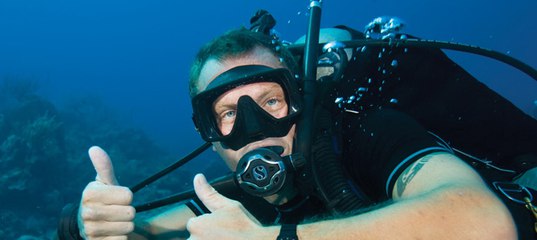
Sharp ear pain may resolve on its own. But if the pain is severe or the ear is bleeding, the person needs immediate medical care.
If someone experiences any of the following, they should consult a doctor:
- an earache that persists for more than 3 days
- recurrent ear infections
- swelling around the ear
- fluid draining from the ear
- hearing loss or another change in hearing
- a severe sore throat
- vomiting
- dizziness
- a fever or chills
Also, if sharp ear pain occurs in someone with any of the following health issues, they should see a doctor:
- diabetes
- a neurological disease
- heart disease
- lung disease
- kidney disease
- a weakened immune system
Sharp ear pain commonly results from an infection or a temporary change in air pressure or altitude. In other cases, it may stem from TMD or a foreign object lodged in the ear.
The pain, though unpleasant, may be no cause for concern and resolve without treatment.
However, if the pain is severe or persistent, or if it accompanies any other symptoms, such as bleeding or discharge, see a doctor. Sharp pain in the ear can stem from health issues that require prompt medical attention.
Barotrauma of the middle ear – Diving in the Andaman Sea
Barotrauma. According to statistics, every second diver in the world deals with this disaster.
What is it?
Middle ear barotrauma is the accumulation of fluid in the middle ear or damage to the eardrum. Damage can be of varying degrees, up to rupture. In the case of divers, barotrauma occurs due to unfavorable equalization of pressure in the air space of the middle ear during diving.
How does it work?
There is a closed air pocket in the middle ear. The pressure there in the normal state is balanced with the pressure of the environment. The Eustachian tube, located between the nasopharynx and the ear, is responsible for this.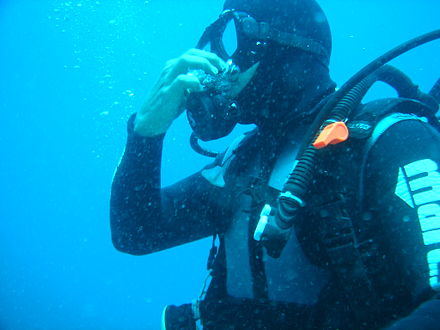 It provides air movement when pressure equalization is necessary.
It provides air movement when pressure equalization is necessary.
Leveling usually occurs with little or no effort. This action can make swallowing or yawning easier. Car just in order to facilitate the process of pressure equalization, they are handing out sweets on the plane.
Obstruction, or simply swelling, in the Eustachian tube can make it impossible to equalize pressure, especially during descent when the pressure changes quite quickly.
Now let’s analyze in detail the unpleasant process of barotrauma.
When middle ear pressure is lower than ambient pressure, an imbalance occurs. This misalignment results in a vacuum in the middle ear. Which in turn contributes to tissue edema and the eardrum is pulled inward. At this time, bleeding occurs from the superficial vessels. When the Eustachian tube is blocked, trying to equalize the pressure will not lead to anything. On the contrary, the increased blowing according to the Valsalva method can cause significant damage.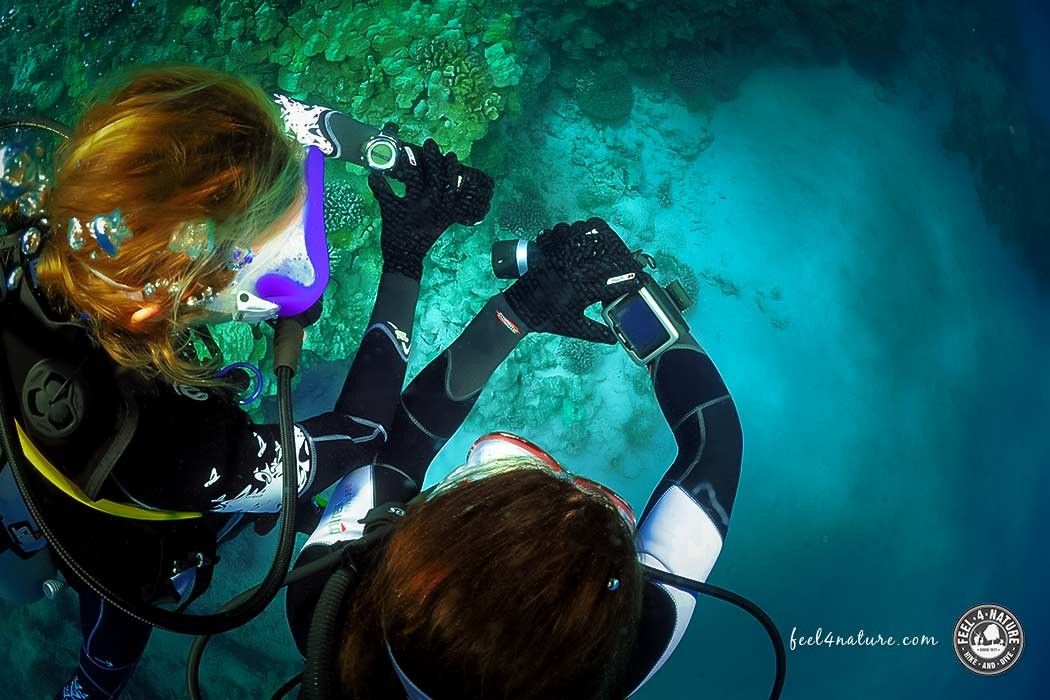 We will teach you how to blow correctly in the first lesson.
We will teach you how to blow correctly in the first lesson.
How does this manifest itself on the physical level?
First, there is discomfort in the ears, which can grow to a noticeable pain.
Further immersion only increases the pain in the ears. And then there is serous fluid and bleeding in the middle ear. If the dive continues, the eardrum will rupture. This will cause short-term pain relief. However, the penetration of water into the middle ear can cause dizziness, hearing loss and infection.
What can I do to prevent barotrauma?
- If you experience discomfort in your ears during the descent, stop the descent. Try to blow out and equalize the pressure.
- You can go up half a meter to a meter, this will facilitate pressure equalization.
- If the pressure cannot be equalized, stop the dive immediately. It is better to skip one dive than to treat the consequences for a long time and not dive for a long period.

Factors favoring the occurrence of barotrauma:
- cold
- allergy
- inflammatory processes in the nasopharynx
- incorrect blowing
- too fast descent or ascent
Barotrauma First Aid:
- For stuffy ears after diving, refrain from further diving.
- Use a vasoconstrictive nasal spray or drops. This will reduce swelling of the nasal mucosa and Eustachian tubes
- Do not put drops in the ear.
Treatment of barotrauma:
- Seek medical attention, especially if ear pain and congestion lasts more than three hours.
- Dizziness can also be a symptom of inner ear barotrauma.
- Severe dizziness and nausea after diving is a medical emergency.
- Your doctor will check for fluid or blood in your middle ear and advise you on what to do next.

Everything is not so scary, barotrauma is treated and the eardrum grows over time.
Prophylaxis:
- do not dive with overload or cold;
- get down slowly. If you are unable to equalize pressure after several attempts, complete the dive safely to avoid significant injury. – Be careful with air conditioners and fans.
- use a cap and cover your ears between dives
- Rinse ears thoroughly with fresh water after diving
- bury prophylactic drops before and after diving, in their absence, just a drop of vodka will do, this dries up the water in the ear and disinfects.
Take care of yourself, dive smart and have fun. With us, your ears will be safe.
More about diving on my instagram @pavel_diving_phuket
My ear hurts after diving, what should I do?
There are several reasons why your ear hurts after diving in the sea or a pool, either one or both.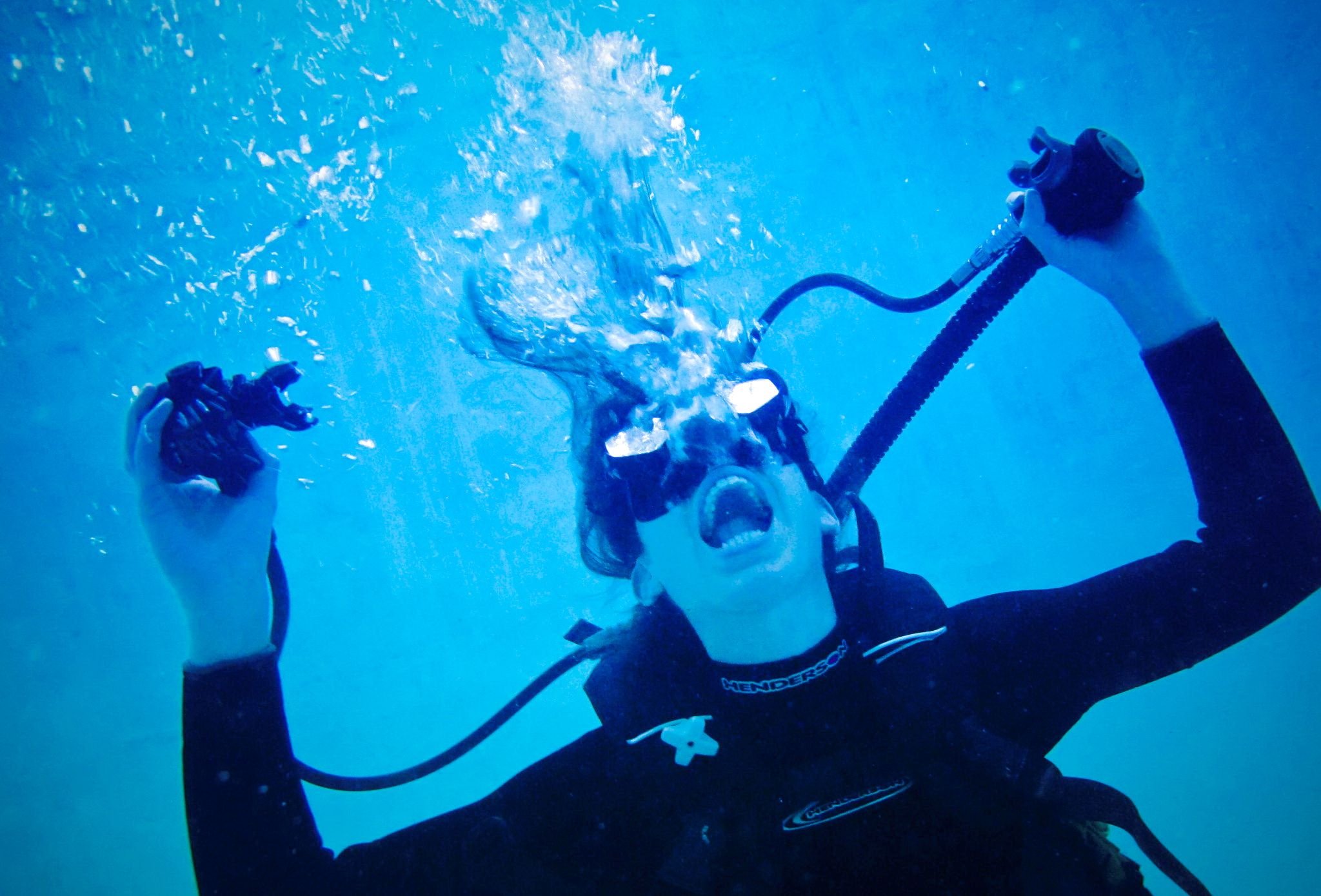 Let’s figure it out.
Let’s figure it out.
1
After diving or swimming, you have not dried your ears and have blown out or frozen them.
In this case, the ear hurts due to inflammation due to hypothermia. With this problem, it is better to consult a doctor.
2
You did not compensate for pressure in the middle ear cavity and damaged the eardrum.
If your ears hurt while diving, but you continued to dive deeper, you probably pulled on your eardrum and now it hurts. Don’t worry, this pain usually subsides in a day or two. However, you should be more attentive to the pulled ear – due to microtraumas, it is more susceptible to hypothermia and various pathogens. Rinse your ears with fresh water, dry them and keep warm. To avoid such situations, you need to be able to blow properly.
What is purge?
This question is asked by all people who start diving and learn about diving.
Many who hear about diving to great depths for the first time remember their experiences in a pool or open water. And what about the ears? they are interested. Their interest is well justified.
And what about the ears? they are interested. Their interest is well justified.
Airflow is a compensation of pressure in the air cavities when diving, and further, in this article you will learn why it is needed.
No matter what a person diving under water does, he always has to deal with pressure compensation. Experienced deep divers have almost more questions about “purging” than beginners.
Why does my ear hurt after diving?
When we go underwater, we are under more pressure than we are on the surface. Because of this, the air in the cavities of the human body, when immersed under water, decreases in volume.
Experiment
Try to lower an empty plastic bottle with a tightly closed cap under water to a depth of 2-3 meters and you will see that it will begin to shrink along with the air in it. The same thing happens with the air cavities of the human body.
- Soft cavities. Gastrointestinal cavities.

- Rigid cavities. Paranasal sinuses.
- Rigid cavities. Middle ear cavity
Some of the cavities in our body cannot compress with air. When we talk about forced and human-controlled pressure compensation, we mean only those cavities (of our body) that have rigid walls. Fortunately, most of them are soft (such as the gastrointestinal tract, for example). They freely compress and decompress after the air in them, and a person, as a rule, does not feel this. Therefore, all the attention of divers turns to hard cavities: the sinuses of the nose and the cavity of the middle ear.
The middle ear is closed by the tympanic membrane. Under the influence of water pressure, the membrane bends inward, stretches. This causes pain in the ears when diving under water. How to avoid this and dive in pleasure?
In the next article, we will take a closer look at the anatomy and how to compensate for pressure.
Why does my forehead hurt when diving?
If your forehead or the area under your eyes starts to hurt when diving under water, this means that the pressure in the paranasal sinuses is not compensated.